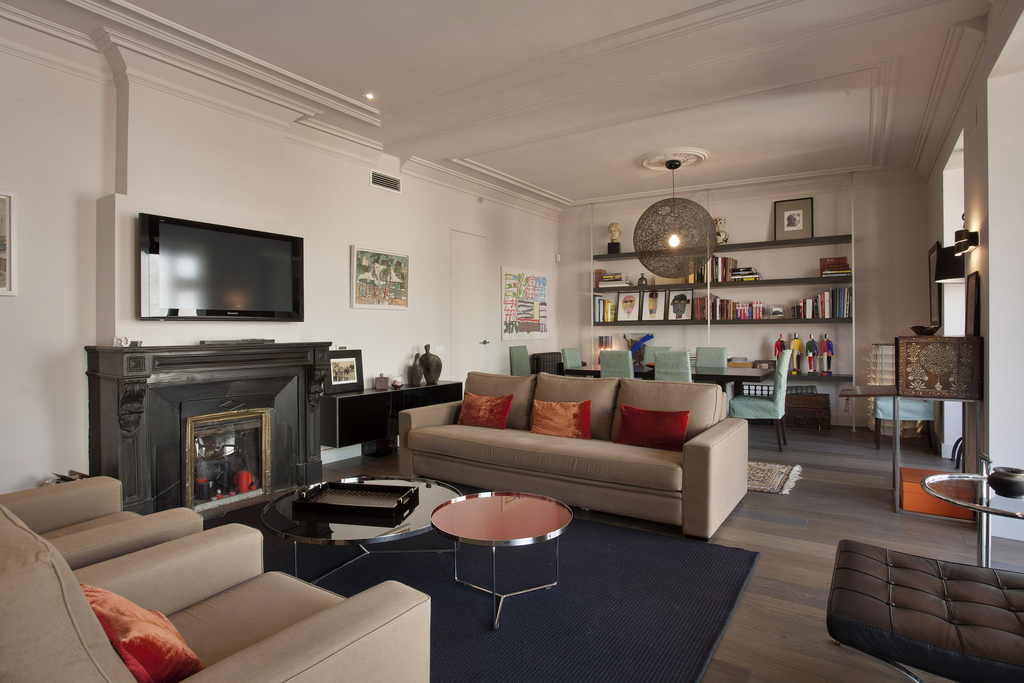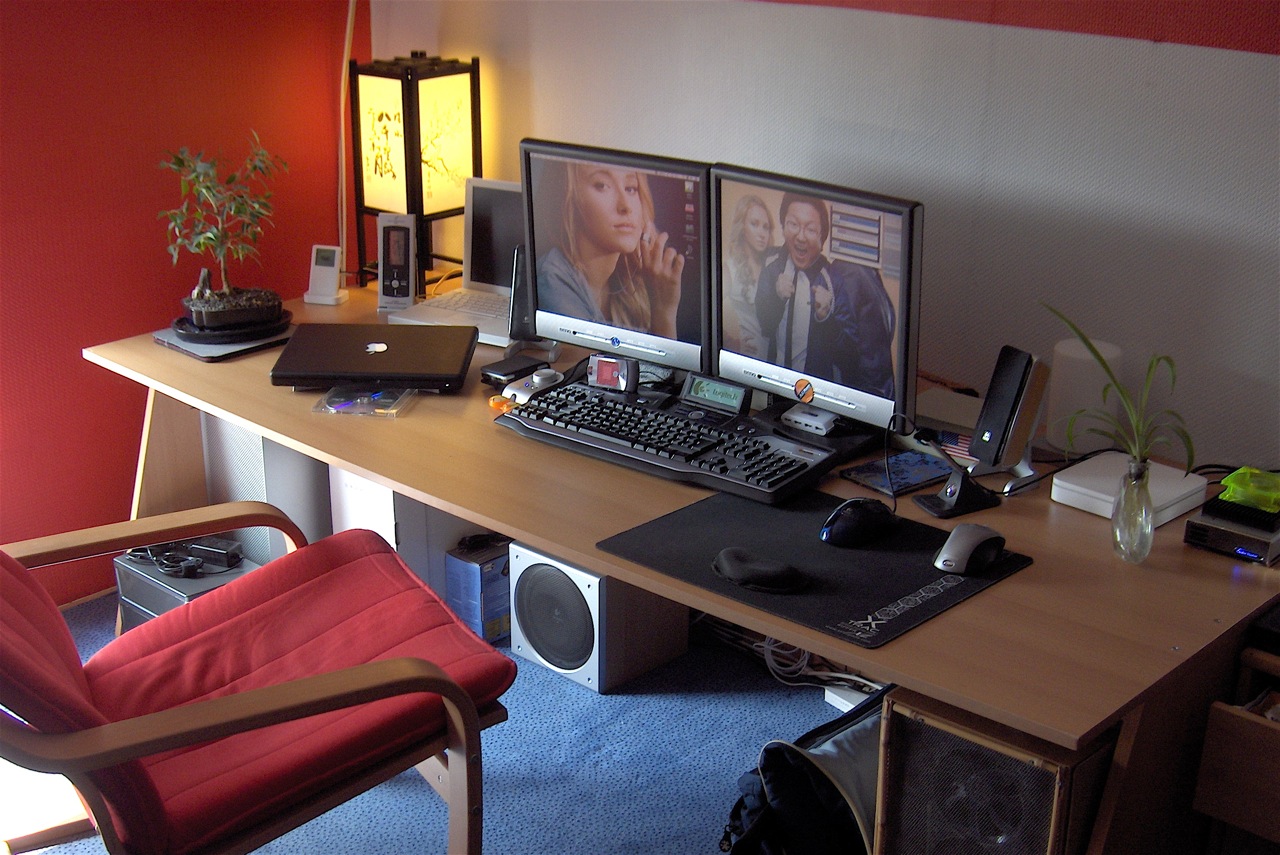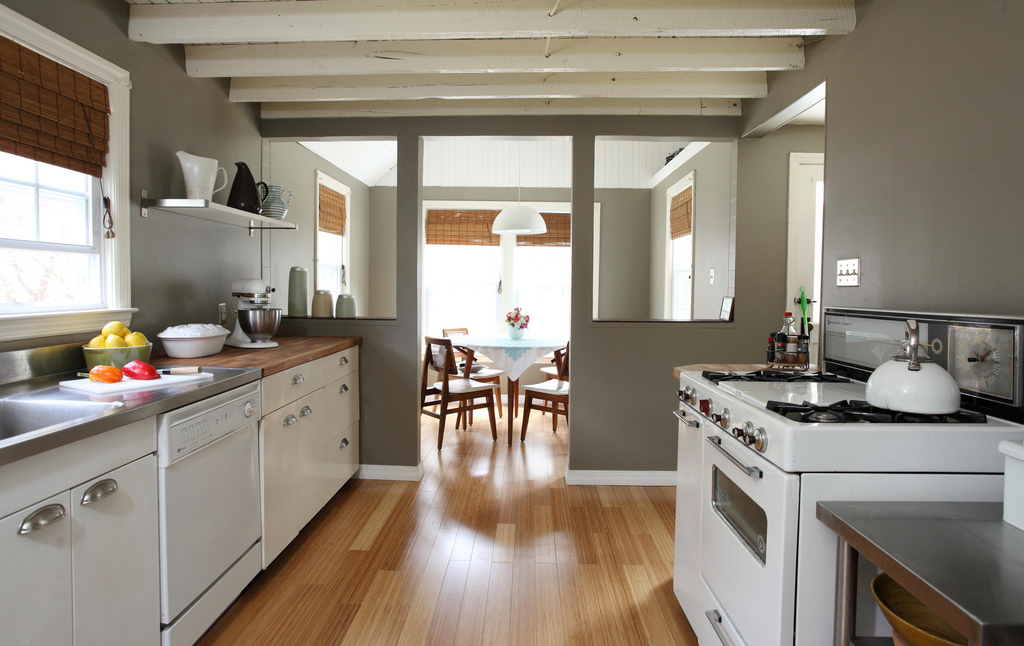The ancient Chinese practice of 风水 (feng shui) is used to align a person’s energy and surroundings in harmony and boost prosperity. Literally translated as “wind and water”, “feng” represents vigor and energy, while “shui”, represents changes. The words together examine changes in the universe and the environment and signify balance between humans and nature.
The practice was in use as early as the Zhou Dynasty (1046 – 256 BC) to find the right terrain and water sources that would be ideal to build an imperial place. In the Warring States Period (475 – 221 BC), militarist Yan Junji also used feng shui to observe geographical features. By the Song Dynasty (960 – 1279 AD), feng shui was in widespread practice, according to the Travel China Guide.
CCTV’s Cathy Yang reports on Hong Kong as most-superstitious city in China:

Today, people still seek balance using feng shui by placing furniture and other objects in harmonious positions in their homes and offices. Many believe that the proper placement of items can improve relationships, wealth, and health while improper placement can cause disharmony. But just because parts of your home aren’t feng-shui conducive, doesn’t mean there aren’t fixes. Any inauspicious design problem can be ameliorated by adding lucky counterbalances. Here are some room-by-room basics to feng shui your home and office:
It’s called a living room for a reason

Photo by Lucas Fox Barcelona – Ibiza – Mallorca on Flickr.
The first room that you see when entering a home should be the living room, ideally placed in the middle of the house to bring luck and prosperity. The center of the living room is considered a good luck zone, so it’s important to keep that space open to attract wealth, Lushome.com reports. Try to put sofas against a wall to provide a solid support for prosperity. People sitting in the living room should be able to see everyone entering the room, and no objects should hinder the entrance which can obstruct the smooth flow of positive energy, Lushome.com said. The living room should also not contain any mirrors that reflect the front door, which can cause loss of wealth, feng shui magazine WOFS.com said. Adding plants and decorative items with rounded corners and soft edges can also help improve energy flow, Lushome.com said. A fishbowl can also lead to increased wealth.
In the office, the desk is king

Photo by Sam Figueroa on Flickr.
A person working in an office should be able to see the door from their desk and as much of the office as possible, according to feng-shui-and-beyond.com. The thinking is that since you cannot control what you can’t see, it’s best to be able to see as much as possible, the website said. The shape of your desk can also reflect your success: A rectangular desk can help you concentrate, a circular desk is good for brainstorming and creativity, a curved desk is ideal if you sit on the inside of the curve as it pulls energy towards you – and the other side of the curve will keep others from lingering. A desk with a closed front established boundaries, while an open front will make you more approachable, feng-shui-and-beyond.com said.
Feng shui can also be used for the placement of items on your desk by having your desk follow the Chinese 八卦 or “bagua”, a Taoist octagon motif that uses eight groups of themes from the ancient Chinese text, the “I-Ching”, or the “Book of Changes”, according to feng-shui-and-beyond.com. If you smush the octagon into a rectangle it looks like this:
| Abundance | Fame | Relationships |
| Family | Health | Creativity |
| Knowledge | Career | Helpful Poeple |
Imagine the center of the desk is the center of the bagua, signifying health. To the northwest corner one can place a plant for abundance. The northeast corner would be a good spot for a family picture as it governs relationships. The east is a good place for pens, brushes, and other art materials for creativity. The southwest covers knowledge so that’s a good spot for books, according to feng-shui-and-beyond.com.
A (spiritually) open kitchen

Photo by designbuildinhabit on Flickr.
Like the living room, a kitchen should be spacious and well-lit to welcome good energy, according to zliving.com. Try to have a clear view of the door while cooking, if the stove faces a wall, add a mirror to reflect the entrance, even a polished kettle can do the job as a reflective surface, zliving said. Don’t store heavy items overhead, as it can make you feel overwhelmed. If you hang your items, do so in a spot where you won’t work beneath it, zliving said. Hang a wind chime or bell near the doorway or above the cook’s area, as sounds summon positive chi.
In the bathroom, the toilet is not king

Photo by Christian Wadsack for FMS on Flickr.
Try to place the toilet away from the center of the bathroom to increase the flow of energy in all directions. Ideally hide the toilet behind a low wall, screen, or curtains so that it can’t be seen from the door. Add plants to diffuse bad energy and smells, according to www.525j.com.cn. Don’t put a mirror on the bathroom door, as it reflects energy that cannot escape. A mirror always doubles what it reflects. So don’t put them in a place that will reflect dirt or clutter, according to http://www.fengshui-tips.org.
Bedroom maneuvers

Photo by Iris on Flickr.
The ideal place for a bed is diagonally opposite the bedroom door, according to feng shui consultant Toshi Kasai in The Greatest. Your feet shouldn’t point directly at the door, Kasai said, because according to Chinese tradition, the dead are always carried feet first out of a bedroom, so it’s best to avoid imitating that. One quick mend is to simply close your door at night, reports elephant journal. For added spiritual support, head should lie against a sturdy grounding back such as a wall or headboard, preferably made of wood. Don’t put any water features or spiritual deities or family pictures in your bedroom. If you can see yourself in a mirror while lying in bed, the mirror should be covered while sleeping, elephant journal also reported. In the bedroom, the ceiling is important, skylights and overhead beams can be unfavorable, especially if they are directly over a bed indicating a split down the middle. If beams cross parts of your body, those parts can also face problems, elephant journal said. One way to balance this is to cover the beams with fabric.
 CGTN America
CGTN America Photo by Warren R.M. Stuart.
Photo by Warren R.M. Stuart.
